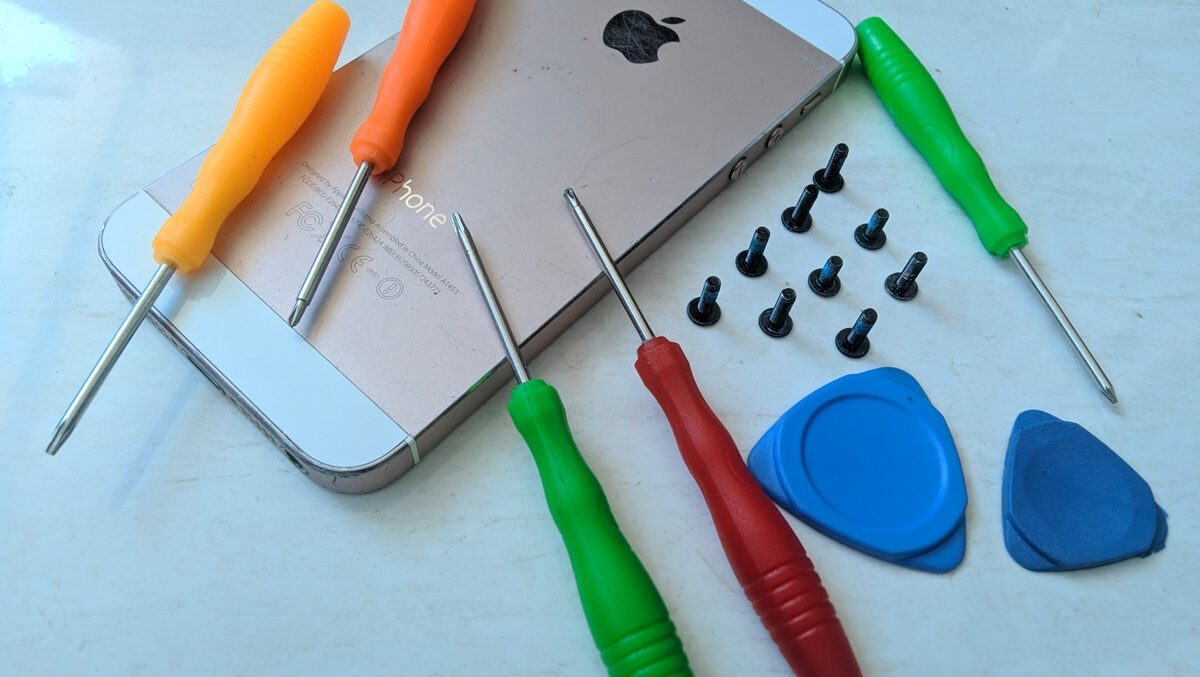
The U.S. Justice Department’s (DOJ) recent complaint charging Apple with monopolizing smartphone markets is, according to Assistant U.S. Attorney General Jonathan Kanter, intended as a contribution to the agency’s “enduring legacy of taking on the biggest and toughest monopolies in history.”
Unfortunately, the case has fundamental weaknesses in its assessment of both Apple’s alleged monopoly power and the “exclusionary” nature of its business strategies. These infirmities have been discussed at-length by, among others, Alden Abbott, Herbert Hovenkamp, and Randall Picker.
What appears to have flown under the radar, however, is the DOJ’s flawed understanding of the goals and scope of what it calls “our system of antitrust laws.”
The DOJ’s Case
The DOJ’s case is premised on the notion that Apple degraded its goods to protect its alleged monopoly in “performance smartphones.” In the complaint’s wording, Apple is…
…delaying, degrading, or outright blocking technologies that would increase competition in the smartphone markets by decreasing barriers to switching to another smartphone, among other things. The suppressed technologies would provide a high-quality user experience on any smartphone, which would, in turn, require smartphones to compete on their merits.
The DOJ further charges that:
Apple repeatedly chooses to make its products worse for consumers to prevent competition from emerging. These examples below individually and collectively have contributed to Apple’s ability to secure, grow, and maintain its smartphone monopoly by increasing switching costs for users, which leads to higher prices and less innovation for users and developers.
As evidence of this, the complaint quotes an Apple executive explaining that the company is satisfied doing only what is “good enough” for consumers, but no more:
In looking at it with hindsight, I think going forward we need to set a stake in the ground for what features we think are ‘good enough’ for the consumer. I would argue we’re already doing *more* than what would have been good enough. But we find it very hard to regress our product features. [at 11-12]
The DOJ takes issue with this, arguing that refusing to go beyond what is “good enough” is a sign of the company’s market power and the market’s weakened competition:
… under our system of antitrust laws, good enough is, quite simply, not enough. Consumers, competition, and the competitive process -not Apple alone- should decide what options consumers should have. And competition, not Apple’s self-interested business strategies, should be the catalyst for innovation essential to our daily lives, not only in the smartphone market but in closely related industries like personal entertainment, automotive infotainment, and even more innovations that have not yet been imagined. Competition is what will ensure that Apple’s conduct and business decisions do not thwart the next Apple. [at 12-13]
Misunderstanding the Competitive Process
Unfortunately for the DOJ, this is not how the competitive process works. Economists explain that competitive equilibrium is achieved when producers and consumers “settle” on a price (and quality level). But this doesn’t mean that producers and consumers sit in a room and make an agreement, or even that they negotiate.
Most of the time, producers set a price (and quality, and other features) according to what they think consumers will be willing to pay. Of course, in doing so, they try to charge as much as they can to maximize their profits; but if they charge “too much” (or set a level of quality that is too low) they risk losing customers, who will not pay that high of a price (or potentially, because they deem the good to be of insufficient quality).
Readers may retort that Apple is a monopolist, so it will not lose customers. But even monopolists can reach a price point at which they lose customers (or, at least, risk attracting rivals). Thus, Apple could sell more or charge more if it did not “degrade” its iPhones.
It’s also important to remember that companies can increase their profits not only by charging higher prices, but also by reducing costs. One way to reduce costs (or, at least, to keep them in check) is by reducing (or not increasing) the features included in the product.
Given this, the internal Apple communications quoted by the DOJ may qualify as “hot docs” to some, proving the “bad behavior” of intentionally and maliciously reducing their product’s quality. But the same words could be construed as evidence of business executives being conscious of costs (i.e., removing features whose benefits to consumers are less than they cost).
One of the quotes included in the complaint reads: “anything new and especially expensive needs to be rigorously challenged before it’s allowed into the consumer phone.” I don’t think that there’s anything wrong or illegal about that.
Misunderstanding How Antitrust Law Should Work
The DOJ complaint also misunderstands how the U.S. “system of antitrust laws” works.
Antitrust agencies and the courts should work like plumbers, not engineers.[1] I mean this in the sense that they should remove strategic barriers to competition like clogged stuff in the pipes, not take a hands-on approach to designing products or forcing the inclusion of specific features.
This is both a matter of principle and of administrability. Antitrust laws are meant to prohibit anticompetitive behavior and let markets figure out the best equilibrium, not to reach any specific result. While efficiency and consumer welfare are the lodestars of antitrust law, the law’s application is not supposed to force efficiencies or to provide a direct benefit to consumers.[2]
Courts likewise do not generally have the expertise to design remedies that would set a given level of price or quality. This may explain why courts have been reluctant to scrutinize the quality of products in antitrust cases. As the 9th U.S. Circuit Court of Appeals has recognized:
There are no criteria that courts can use to calculate the “right” amount of innovation, which would maximize social gains and minimize competitive injury.
The DOJ appears to have vague ideas about which remedies it would like to impose on Apple, but the courts lack either the knowledge or the tools to assess their relative costs and benefits.
The complaint seems to regard Apple’s arguments about privacy and security to be mere excuses offered in order to keep its walled garden walled. But if that “closedness” does, indeed, enhance security and privacy, the available remedies would likewise degrade the iPhone user experience. We should leave that work to the real engineers—the business executives and shareholders with skin in the game.
[1] I am using here (although not in the same sense) the analogy deployed by Nobel laureate economist Esther Duflo to describe the work that economists should do when helping governments to design public policy. See: Esther Duflo, The Economist as Plumber, American Economic Review, Vol. 107, No. 5 (May 2017), at. 1-26, https://www.aeaweb.org/articles?id=10.1257/aer.p20171153.
[2] “United States antitrust law does not create a regulatory regime that requires firms to employ efficient practices. To the contrary, it employs an enforcement model, which intervenes only where a firm violates a law. This enforcement model is premised on the fundamental guiding principle that markets – not government regulation – creates the most efficient results.” Thomas O. Barnett, Maximizing Welfare Through Technological Innovation, Presentation to the George Mason University Law Review 11th Annual Symposium on Antitrust, Washington, Dc (Oct. 31, 2007), https://www.justice.gov/atr/file/519216/dl




